LISTEN ON YOUR FAVOURITE PODCAST PLATFORM
OR LISTEN RIGHT HERE:
LISTEN TO THE FULL EPISODE
LISTEN TO THE SHORTER VERSION
Natural history collections, huge archives of carefully curated specimens, are an invaluable tool for the scientific community. They are also a place where the public get to interact with active research and meet scientists. Forget what you’d imagine working in a museum to be like, no two days of the same and both the collections and the talented people who work with them are in constant demand. One day you’re helping design new swimwear based on shark skin, the next settling an argument at a fishing competition.
James talking about some of his favorite deep-sea fish specimens.
If you’re wondering what jobs are out there in science or just curious to know what goes on behind the scenes at a museum, this episode has some surprises for you.
CT scanning reveals anglerfish’s last meal.
The hagfish slime defence that Andrew describes.
Alan is still away at sea, so Thom is joined again by Dr Heather Ritchie to tacked some deep-sea news, seabed mapping, secrets revealed by snailfish genes and wandering sponges are all hot off the presses. Don also drops in with an example of when you don’t want to collect biology, on the hull of your vessel as biofouling.
Feel free to get in touch with us with questions or you own tales from the high seas on:
podcast@armatusoceanic.com
Read the show notes and find out more about us at:
www.armatusoceanic.com
Links
𝐸𝑢𝑟𝑦𝑡ℎ𝑒𝑛𝑒𝑠 𝑎𝑡𝑎𝑐𝑎𝑚𝑒𝑛𝑠𝑖𝑠 description
Bathymetry from The Five Deeps Published
James taking care of the beetles during lockdown.
Microplastics in deep-sea fish
James talking about deep-sea fish.
CT scanning reveals anglerfish meal
Museum of New Zealand Te Papa Tongarewa – deep sea video
Glossary
Authority – The scientist who describes a species
Snailfish – members of the Liparidae, the deepest living fishes
TMAO - Trimethylamine N-oxide, a molecule that is involved in pressure adaptation
Taxonomy – The science of classifying living things
Type – a specimen that is formally associated with the scientific name
Holotype – the singular definitive example of a species
CT scanning – Computerised Tomography Scanning. Basically, a 3D x-ray
Sequence – A part of the genetic code that we can compare between samples
Isotopes – When atoms of the same element vary in their mass
Otolith – The ear bones of fishes
Credits
Theme – Hadal Zone Express by Märvel
Banner image - Hayley Cambell/Buzzfeed



